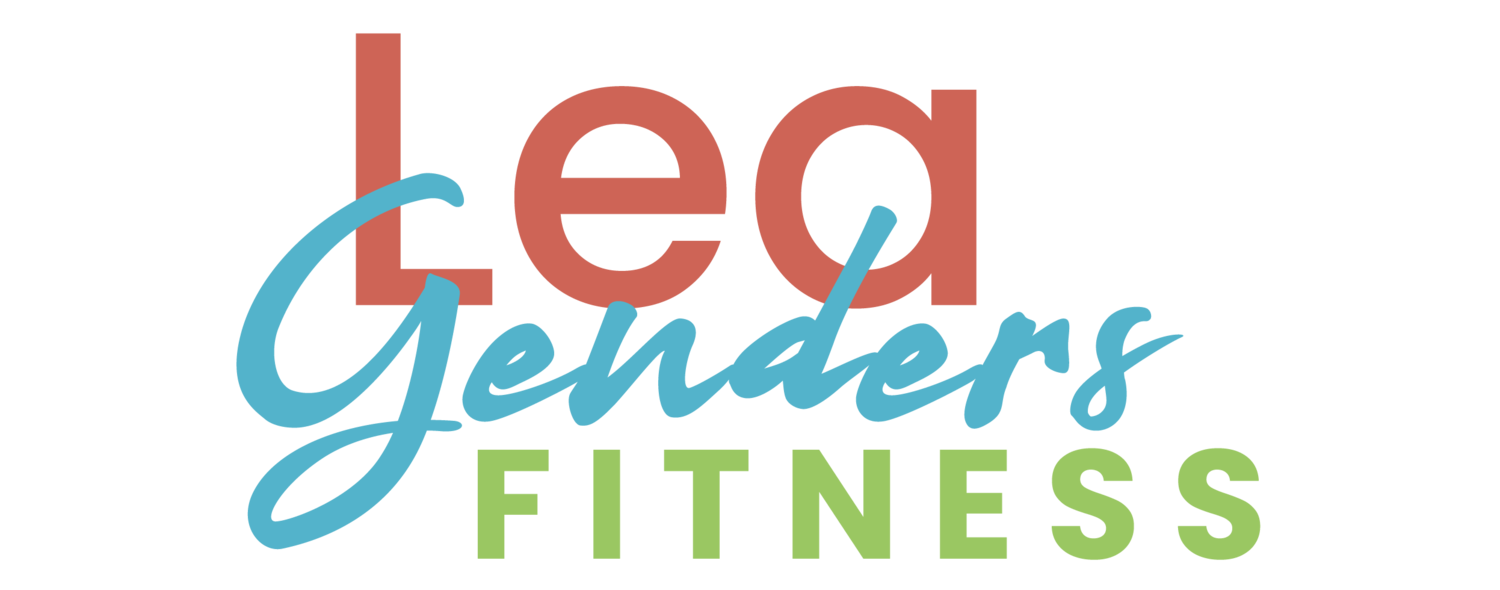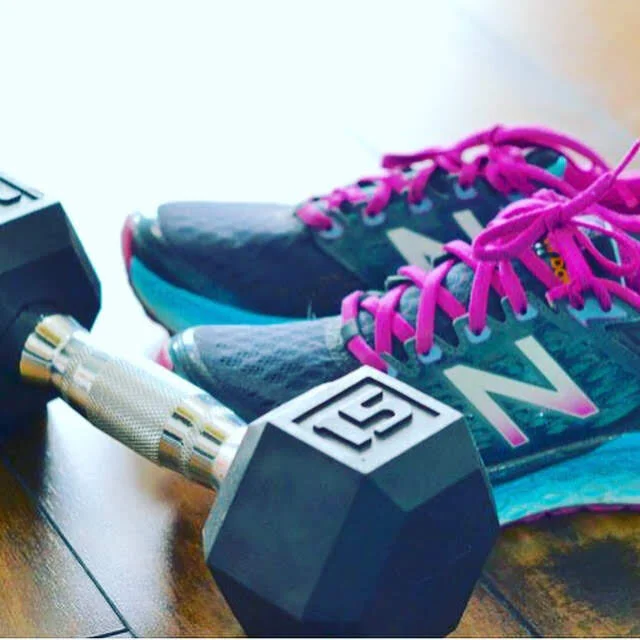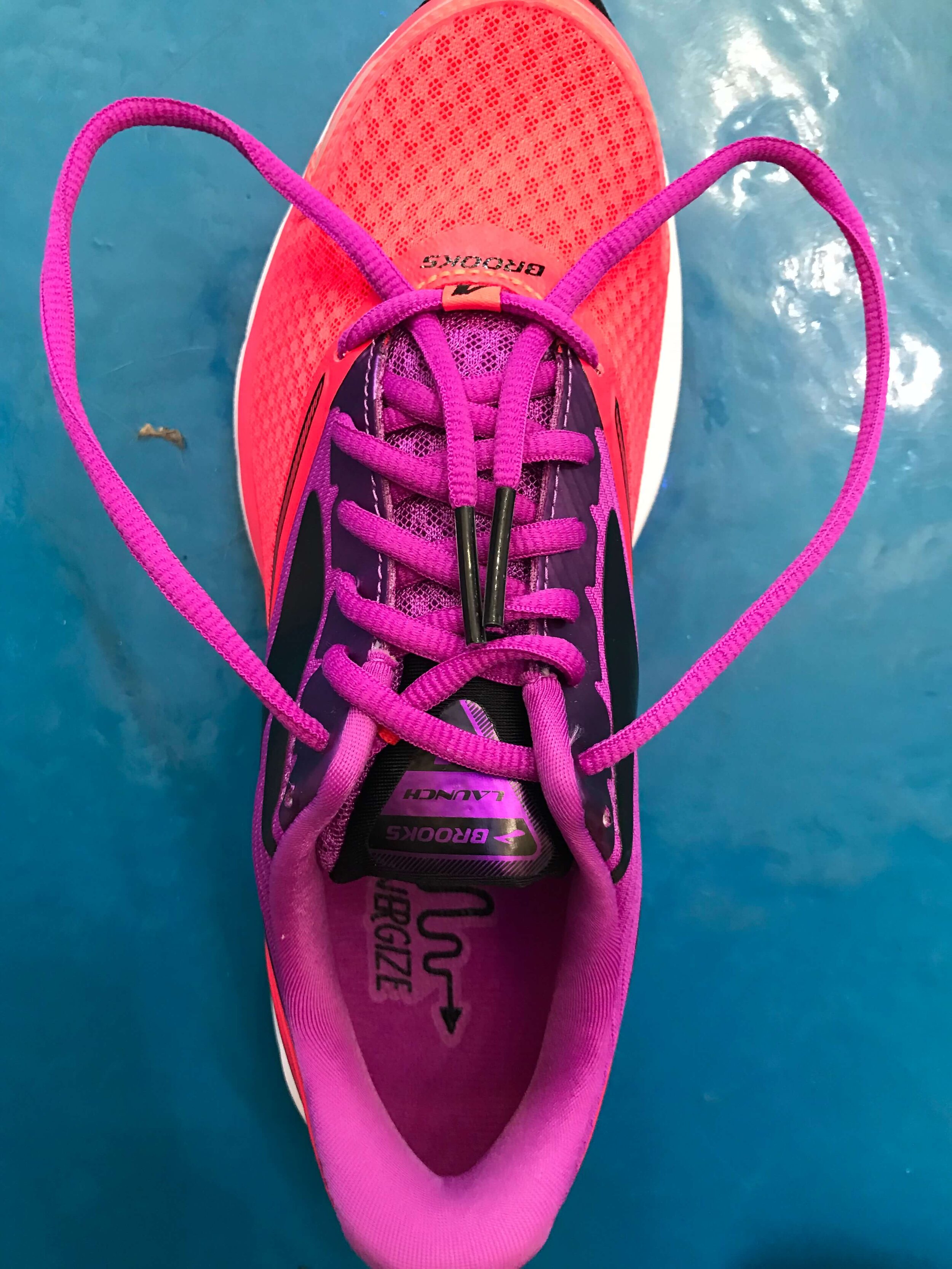I really wanted to call this post 'the secret to permanent fat loss' but that sounds so spammy, right? The truth is it is no secret. It's just not that sexy. It's not the latest "fat-melting" supplement, the magic shake or the latest hard-core exercise program. It's not a secret, it's a lifestyle.
For years and years I was great at losing fat. I did it so many times, I'd rather not recount how many. I knew exactly how to get the fat off, I just didn't know how to keep it off. The biggest mistake I made was making fat loss a singular focus. It is all I thought about, it is all I cared about. I didn't fit my fat loss goals into my lifestyle, I changed my whole life to fit in my fat loss goals and that wasn't sustainable. Once I lost the weight, I lost the focus and the weight came back on. Here is what I learned from my own fat loss journey and keeping the weight off for good.
DON'T BE GOAL ORIENTED
Say what? It sounds counterintuitive to say you shouldn't be oriented to your goals, but hear me out. It's great to have a fat loss goal, but it shouldn't be a singular focus. It's fine to have a number in the back of your head, but place your focus on the habits you need to build into your life. What are you doing daily to support your goals?
DO BUILD HEALTHY HABITS INTO YOUR LIFESTYLE THAT WILL SUPPORT YOUR GOALS
Focus on the permanent lifestyle changes and habits needed to meet your goal, rather than the goal itself. Focus on the journey, because there is no end. You will find that your goals will continue to change and evolve over time.
DON'T DIET
Seriously. A diet implies a short-term way of eating. You can't be on a diet forever, but you can eat a healthy diet forever. See the difference? Diet as a verb implies something that you do short-term. Forget the low carb or low fat diet. Diets fail. Permanent lifestyle changes win.
DO CHOOSE WHOLE UNPROCESSED FOODS MOST OF THE TIME
Focus on making healthier choices most of the time. You don't have to be perfect, you just have to make the best choice possible with what you are given. Try to focus on choosing whole unprocessed foods most of the time. Occasional indulgences are OK. Enjoy life, family meals and time with friends without guilt, but learn to make healthy meals at home, pack your lunch and meal prep healthier choices for the week. What you do most of the time matters more than what you do occasionally. When healthy eating becomes just a part of your lifestyle, it ceases being a diet that you can be on or off.
DON'T PUNISH YOURSELF WITH EXERCISE
Yes, Exercise is important. I think everyone should exercise to build a healthy heart, body and longer life. Exercise is not a punishment for having a body you don't love. Learn to love the body you have while working to improve. Don't exercise to burn off a big meal or to pay penance for an indulgence. It's a mindset. If you view exercise as punishment it's harder to find the joy in movement. No one loves punishment.
DO MOVE MORE
Move. It doesn't have to be a structured bodybuilding-style workout and you don't have to train to run a marathon. Just move. Do the active things you enjoy. Get outside. Ride bikes with your kids, take a brisk walk with your spouse (or dog), take a Zumba (or bootcamp) class with friends. Try some different fitness activities to discover something you love. Some people love running (like me) some people love weight lifting, but some people hate it. It's OK. Maybe it's Yoga. Maybe it's CrossFit. Maybe it's running with your dog or hiking. Learn how to make exercise a daily habit. Find your thing and just do it, because if you try to force yourself to do something that you hate, it won't last long term. It has to be sustainable.
DON'T TRY TO LOSE WEIGHT
Losing weight is easy. Stop drinking water (don't do this) and the scale will probably read a couple pounds lighter, but there is a big difference between water weight loss and fat loss. The worst case scenario is muscle loss. You may show a lower number on the scale but if you are losing muscle instead of fat then you are hurting your metabolism, which makes it harder to keep the weight off permanently.
DO WORK TO LOSE FAT
If you want a lean, fit physique, then your primary focus should be on fat loss instead of weight loss. Eat a healthful diet with plenty of protein, do cardio exercise that elevates your heart-rate and work in some muscle building or maintaining exercises like Yoga, bodyweight exercises, weightlifting or bootcamps. It doesn't have to be 60 minutes a day for 6 days a week, just work in one or two full body resistance training exercises (or 15 minutes a day) to help build and maintain muscle.
In order to achieve permanent fat loss the goal should be to work on building sustainable lifestyle habits. Make healthier food choices most of the time, fit in some exercise that you enjoy and work on finding that balance between your goals and your lifestyle. If you haven't picked up on it yet, sustainability is the key. Anyone can power through 12 weeks of a hard-core program to quickly lose weight, but if you don't continue those activities after the 12 weeks, the weight will probably creep back on. It is better to lose weight slowly over time so you can maintain it for a lifetime.
I monitor my weight to keep myself in check and if I find the scale creeping up a bit (like it did over the holidays) I always first examine my habits. What am I doing differently on a daily basis? Did any bad habits slip in? I evaluate and then adjust. I don't freak out about the scale or weight gain, because I know that when I sustain healthy habits, my weight will stabilize to a healthy number.
Like this post? It helps me when you share.
























Discover the 5 stages of fitness progression—from building the habit to optimizing your routine. Learn how to stay consistent, make progress at your own pace, and create a sustainable fitness lifestyle without the pressure of perfection.